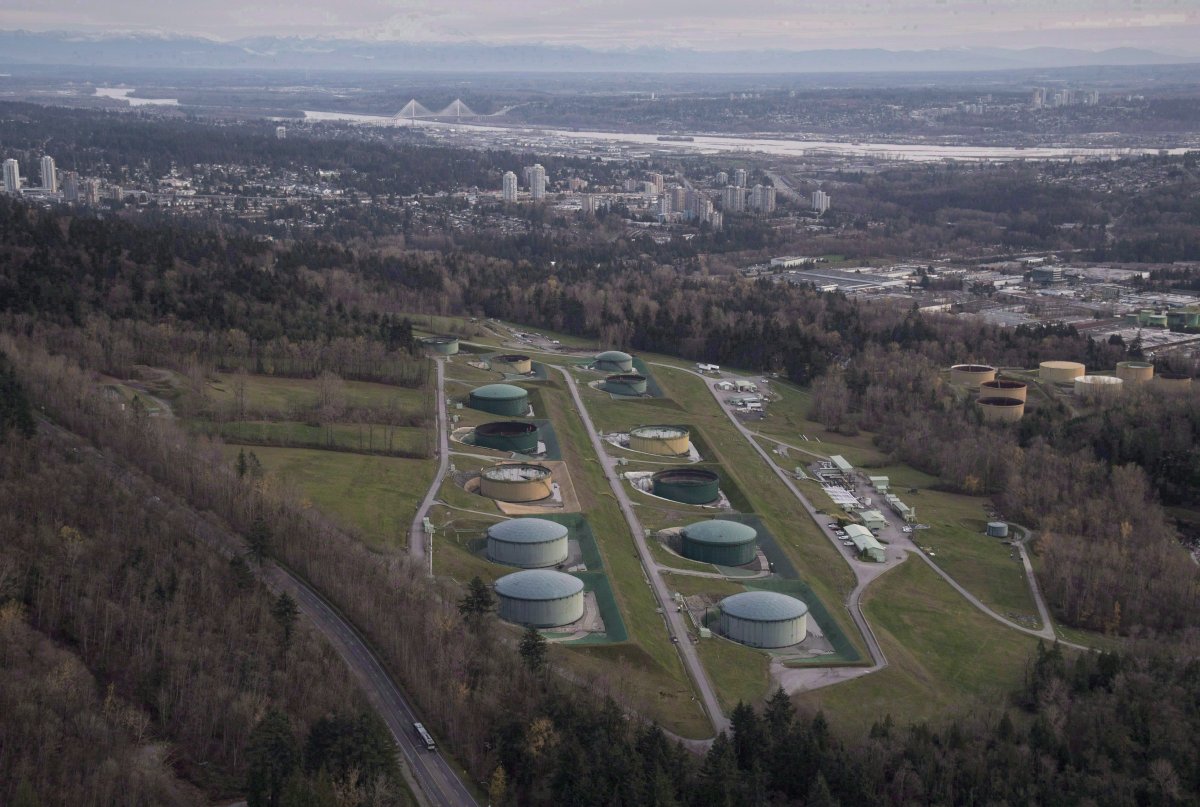The potential cancellation of the Trans Mountain pipeline expansion is putting a spotlight on oilpatch innovations that might mitigate the need for export capacity as oilsands production rises.

But even the most ardent supporters of the new technologies agree Canada is going to need new pipeline space.
North West Refining president Ian MacGregor says his just-opened Sturgeon Refinery northeast of Edmonton will save 80,000 barrels per day of export pipeline space by converting 50,000 barrels per day of bitumen into diesel and returning 30,000 barrels per day of diluent to the local market.
He says the lack of pipeline space from Western Canada has driven down the price of bitumen, which improves refinery profit margins and is a positive factor in eventually expanding it – although expansion would increase production beyond the local need and, again, require export pipelines.
Meanwhile, work continues on partial bitumen upgrading technology that would reduce the amount of diluent tying up pipeline space, leaving as much as one-third more room for the bitumen.

Get breaking National news
Oilsands producer MEG Energy Corp. says it has proposed but not yet approved funding for a partial upgrading facility that would not only reduce the need for diluent but also produce a partially upgraded product that would see greater demand when exported to U.S. refineries.
Tim McMillan, CEO of the Canadian Association of Petroleum Producers, says Canada needs to look at all options to get its oilsands products to market.
“Global demand for oil is going to increase dramatically out to the end of the International Energy Agency’s forecast and for every additional barrel we can get to market in a competitive way, Canada and the world will be better off,” he said.
“I think we need to look at partial upgrading and rail and increased pipe capacity, all of it.”







Comments